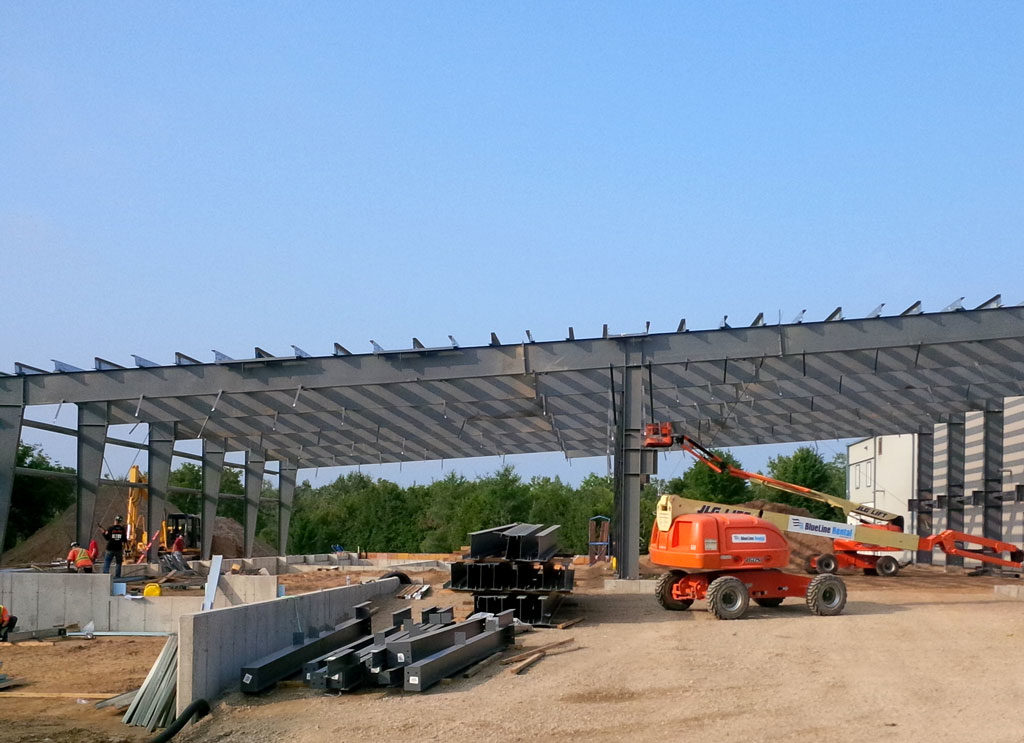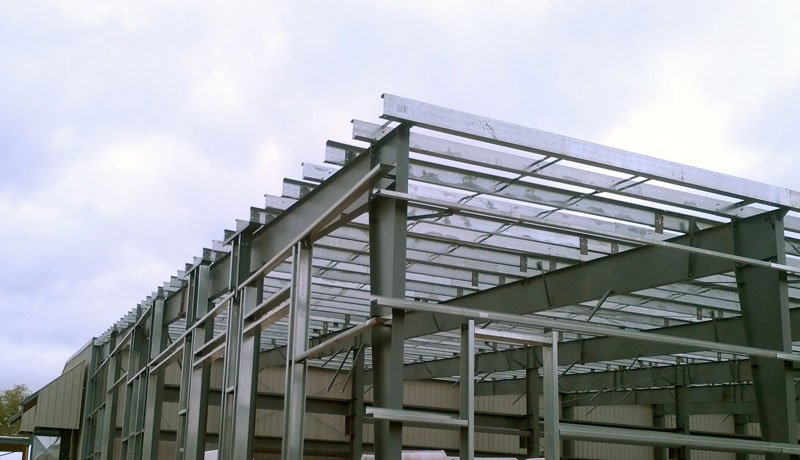For years now, we have built pre-engineered steel structures. As a certified builder of Robertson Building Systems we can provide you a steel framed structure.
We find the ideal spot in the market for a steel frame structure is for especially commercial buildings were fire ratings are required for building safety due to the rating of the internal activities or proximity to neighbouring lots.
In most cases we find structures over 10,000 sq.ft. often call for consideration of a steel frame structure. We can assist with custom design and even incorporate the beam work and loadings to accommodate a crane.
To begin design your steel frame structure contact our team at POST – we would love to assist.


